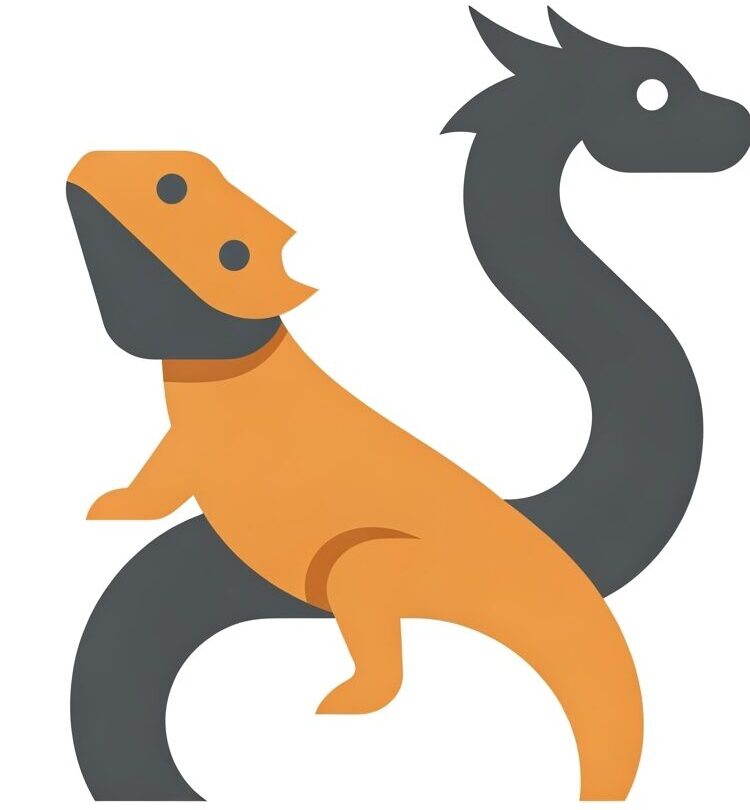Ideal Night Temperature Drop for Bearded Dragon: Setup & Guide
Ensuring the correct night temperature drop is essential for your bearded dragon’s health and well-being. This article will cover the ideal night temperature drop, why it’s important, how to achieve and measure it, and the potential problems if it’s incorrect.
The Ideal Night Temperature Drop Range/Value
The ideal night temperature for a bearded dragon should drop to between 65-75°F (18-24°C). This means you are aiming for a temperature drop of around 10-15°F (5-8°C) from their daytime basking spot temperature. Avoid letting the temperature drop below 65°F (18°C).
Why is This Parameter Important?
Allowing a night temperature drop mimics the natural environment of bearded dragons in the Australian outback. This drop in temperature is crucial for several physiological processes:
- Slowing Metabolism: Lower temperatures at night allow the bearded dragon’s metabolism to slow down. This is a natural part of their daily cycle and is important for proper rest and energy conservation.
- Immune System Support: A slight temperature drop supports the immune system. A constant, high temperature can overstimulate the immune system, while a temperature drop allows it to rest and recharge.
- Digestion Slowdown: Digestion slows down at night. If the temperature is too high, the dragon’s body will attempt to continue digesting food, potentially leading to digestive upset and incomplete digestion. If too cold, digestion can halt which also will create digestion issues
- Promoting Rest: The cooler temperatures promote more restful sleep. This is essential for overall health and well-being.
How to Achieve and Measure
Achieving the ideal night temperature drop requires careful monitoring and potentially adjustments to your enclosure setup:
- Heating: The goal is for ambient temps to naturally drop when all heating elements are turned off for the night.
- Ceramic Heat Emitters (CHEs): If your enclosure gets too cold at night, a ceramic heat emitter (CHE) can be used. CHEs emit heat without light, making them suitable for nighttime use.
- Avoid Heat Rocks: Avoid using heat rocks, as they can cause severe burns.
- Thermostat: A thermostat is essential for controlling the CHE and ensuring the temperature stays within the desired range. Set the thermostat to turn on the CHE if the temperature drops below 65°F (18°C).
- Thermometers: Use two digital thermometers: one placed in the basking spot and another on the cool side of the enclosure. Monitor these temperatures closely throughout the day and night to ensure the night temperature is dropping appropriately.
- Location: The placement of the CHE is important to ensure proper heat distribution. Place it above the basking area or on the cooler side, depending on your setup, to prevent overheating.
- Natural Drop: If possible, allow the temperature to drop naturally without the use of a CHE, unless the ambient temperature in the room is consistently below 65°F (18°C).
- Night Lights: Avoid using any night lights (red, blue, etc.). These lights can disrupt the dragon’s sleep cycle. Bearded dragons need complete darkness to sleep properly.
Common Problems if Incorrect
Failing to maintain the correct night temperature drop can lead to several health problems:
- Respiratory Infections: If the night temperature is consistently too low, it can weaken the immune system and make the dragon more susceptible to respiratory infections. Symptoms include wheezing, sneezing, and lethargy.
- Digestive Issues: A night temperature that’s too high or too low can disrupt digestion, leading to impaction or other digestive problems.
- Stress: Inappropriate temperatures can cause stress, which weakens the immune system and can lead to other health issues.
Conclusion
Maintaining the correct night temperature drop is a crucial aspect of bearded dragon care. By understanding the importance of this temperature drop and following the guidelines provided, you can help ensure your bearded dragon remains healthy and thrives in its environment. Regular monitoring and adjustments are key to success.
